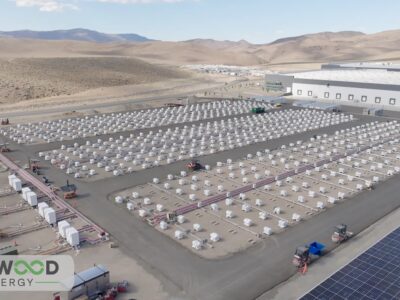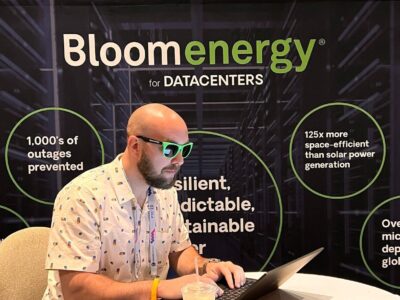Some people believe that solar panels are not aesthetically pleasing, which has contributed to hesitancy in adopting community solar arrays on a larger scale. However, new research from Loyola University Chicago published in the December 2024 issue of the Solar Compass journal may have just put a dent in that narrative.
The report’s author, Gilbert Michaud, an assistant professor of environmental policy, has attended community meetings from the Midwest of the United States to France, and found that property values were a main concern around utility-scale solar. He and co-author Simeng Hao, a Loyola University Masters graduate, learned in this study that while solar arrays may hurt aesthetics, they have minimal impact on a property’s value.
“Assuming solar resources being equal, lower AHV in most cases is equal to lower land value, and it would be logical that developers would choose areas that had slightly cheaper land to develop projects compared to the surrounding areas,” the study says.
The study further explained that if the property values of the 70 Midwestern solar farms they observed were affected at all, the researchers found a slight positive impact. Values were increased between 0.5% to 2% due to proximity to solar farms.
That’s only a few thousand dollars, but the authors found that they drive economic benefits in some capacity. Solar companies highlighted that job creation and tax revenue are key benefits of solar rays, in addition to providing clean energy.

Photo Courtesy American Public Power Association
Even though there are widespread benefits to transitioning to solar power resources, there is still a “fight” against solar, especially community solar, which stems from a few sticking points. For example, in a previous The Business Download (TBD) feature about why community solar growth is slow, multiple experts pointed to the NIMBY-ism, “not in my backyard,” and nobody wants to pay for it.
Additionally, community solar can put strains on homeowners because some would pay disproportionate electricity bills. This research suggests that many of these sticking points, especially the aesthetic points, aren’t as negative as people think.
Property values aren’t just affected by a home’s view of the river, forest, or mountains. The land itself can be valuable if fertile for agriculture. A home’s number of bedrooms and bathrooms has more impact than a solar array in viewing distance.
School districts also have a profound impact on them. The study even suggests that schools benefit from local solar farms, with some even making contributions to them.
“The positive correlation between utility-scale solar projects and nearby property values could be due to the new tax revenues, which are often used to support local schools and other public services, as well as the local employment opportunities that utility-scale solar projects can provide,” the study says.

Photo Courtesy Evgeniy Aloyshin
“The other challenge we’re seeing now is pushback from communities about installing large-scale solar,” Scott Ringlein of Kilowatts for a Cause told TBD about the slow progress of community solar. “Most states’ permitting happens at the local level.”
This new study debunks a lot of the myths surrounding solar farms from an aesthetic perspective. The research shows a positive impact and highlights the benefits of investing more in these kinds of projects. Due to the multitude of benefits highlighted in the report, there are thousands of solar farms going online in the next few years. Not all the apprehension is gone yet, but this study could change some people’s minds.





